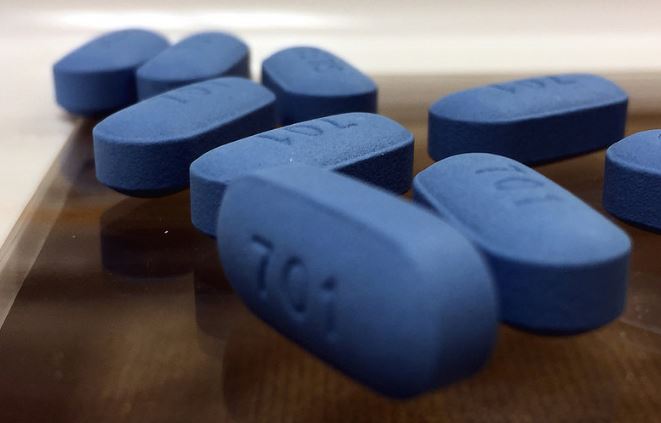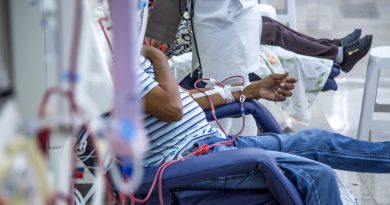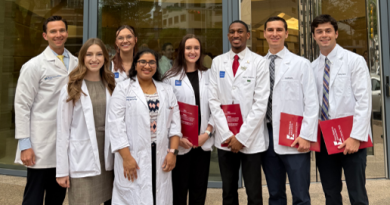Health disparities and COVID-19: Preparing for the second wave
In March, we entered the first wave of the coronavirus; and it was projected that there would be a second wave come fall. However, as the virus raged through summer and into the school year, we have yet to emerge from wave one.
So, is the second wave still coming?
National data has shown that the coronavirus is disproportionately impacting Hispanic and Black communities. Yet, in addition to the direct effects of the virus, many have begun to fear that the indirect effects of COVID-19 on vulnerable communities that already experience high rates of chronic diseases may represent the virus’s second wave.
Some of these indirect effects have already become realized as some patients have been unable to access essential medications, there have been lapses in medical care, and an overall decrease in the use of health promotion and disease prevention services and research.
These effects have left many high-risk community members disconnected from a plan of care or a place for care, setting the stage to further burden our healthcare system. There is precedence for this. In the aftermath of Hurricane Katrina, limited access to medications, medical care, and fear of utilizing health services were the most significant predictors of health immediately following the hurricane and 12 years later.
Natural disasters have an ugly way of bringing all of our inequities and disparities to the forefront. In the past eight months, COVID-19 has exacerbated almost all of the social determinants of health that drive disparities. Thirteen percent of Americans are unemployed, food insecurity has skyrocketed and the digital divide, among other factors, threatens to leave some of our most vulnerable students behind. Now more than ever, there is a significant need for national and institutional policy changes that extend care, particularly among health disparate populations.
In May, the Centers for Medicare and Medicaid instituted policy changes that extended the services covered and reach of telemedicine. The disaster literature frequently references telemedicine as a solution for minimizing lapses in medical care, maintaining doctor-patient relationships, and fighting health disparities during times like these.
Changes to telemedicine policy address previous limitations in healthcare coverage and the ability to deliver care and counseling services directly to any patient with a smartphone. It also addresses other barriers like transportation, which extends our reach.
Technology platforms also have significant potential for the delivery of health education and disease prevention programming during a time when traditional, in-person programming isn’t possible. Understandably, not all care is suited for delivery via telemedicine, and technology comes with its own set of challenges. However, these are the types of policy changes that can be leveraged for the development of creative strategies to fight the complexity of the health problems we are facing today and will be facing tomorrow.
-By Erica Gabrielle Soltero, Ph.D., assistant professor of pediatrics-nutrition at Baylor College of Medicine




